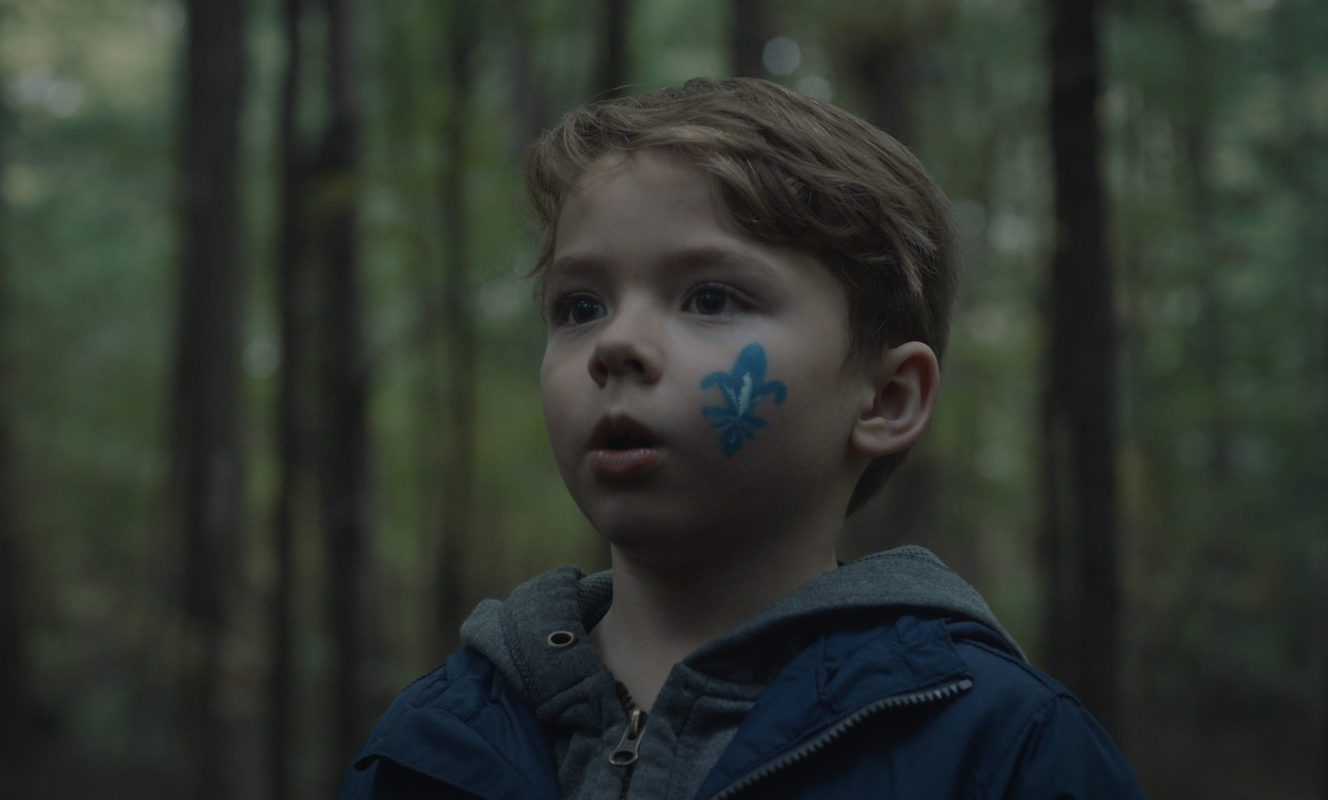The focus of this weeks class was to draw attention to the fact that educators must be ever-conscious of the personal information they make available online. Most people who use online platforms for communicating are aware that the things they post may influence how people see them in the real world. Teachers, it was argued, must be even more conscious, because their online presence not only reflects their personal life, but also their professional life. Today’s students are at least as connected, and often more so, than their teachers. It would be reasonable, therefore, to expect that students are increasingly capable of finding that which their teachers post online. In the classroom, educators should be conscious of the parts of themselves they choose to convey, in order to foster a healthy student-teacher relationship that is distinct from a peer-to-peer relationship. An online presence can either corroborate, or subvert the identity of a teacher in their school, depending on what they make available to the public. Furthermore, there have been plenty of examples of teachers crossing appropriate student-teacher boundaries with the help of online communication technologies.

The challenge this presents is that the best teachers enter into their line of work because they care about students, and they want to develop relationships with students. Many successful educators will attest to the notion that in order to gain students co-operation and get them engaged in class, a relationship must be formed. Communication technologies, when used well, can facilitate conversation and help people develop a relationship. This week’s conversation has left me wondering how teachers and students can interact online in a way that is safe, and helpful for their relationship, without problems usually associated with the various platforms.




